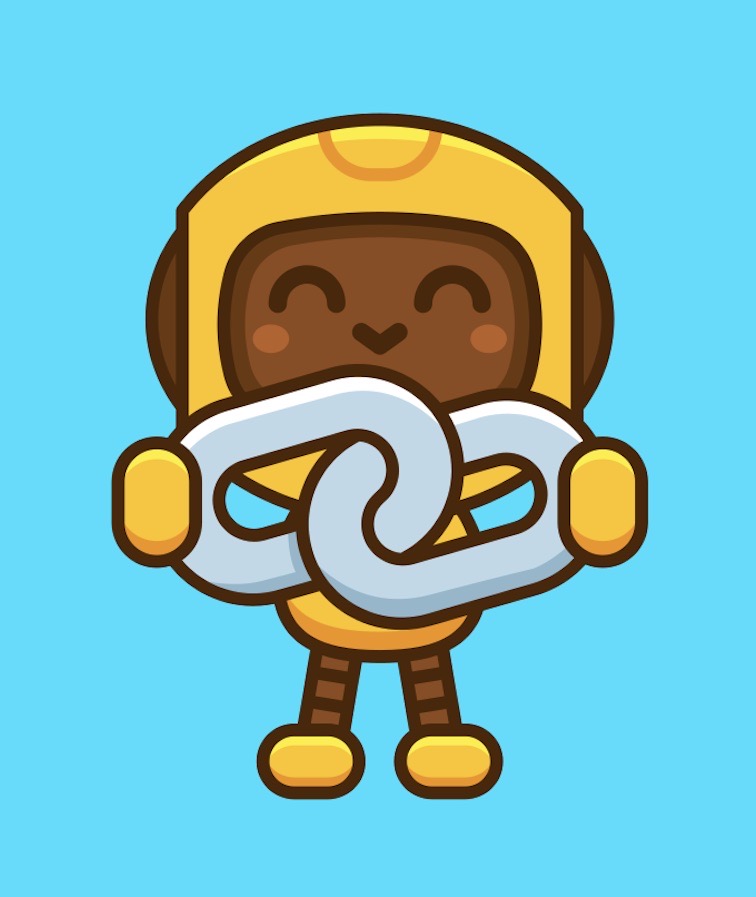A great question for Noob2NFTs, and it’s quite loaded, so let’s start to piece it apart, shall we?
The absolute most important thing to understand with NFT valuation, is that your NFT is ONLY WORTH AS MUCH AS SOMEONE IS WILLING TO PAY FOR IT. Now, the reason I annoyingly all capped that is because a lot of people falsely believe that just buying an NFT will instantly grant them obscene riches. Is this possible? Yes. Is it likely? No. The sooner you learn and accept this as fact the better off you will be.
As I’ve written many times on this website, try to think of NFTs as a little like stocks. The price you pay for it might be the most expensive price anyone ever pays for that stock. Meaning, if you sell it, it’s possible that you will sell it at a loss. And this is very likely too, as the entrepreneur and NFT influencer Gary Vee is quoted as saying, “97-99%? of NFT projects won’t pan out…” Therefore a lot of the NFTs you purchase will go down in value after the initial sale. So, why would you bother buying one of these supposed useless jpegs then?? Because, as Champ Crypto is fond of saying, “One big W[in] in the NFT space erases 10 losses.” So, every once in a while, you might be able to strike gold with an NFT purchase and be holding a unique digital asset worth quite a bit of money.

Most will fail, but some will MOON!!
Exactly how much is primarily dependent on three key factors. The price of the crypto used to purchase the NFT (ETH, SOL, ADA, etc.), the floor price of the NFT collection, and the rarity of your NFT.
Starting with the first key factor, the price of the crypto used to purchase the NFT, we can begin to understand NFT valuation a little better. Let’s say, for example, your NFT is said to be worth 1.5 ETH. So, what exactly does that mean? If the price of Ethereum is sitting at $3,000 USD then your NFT is worth $4,500 (1.5×3000). If ETH has moved down to $2,400 due to fluctuations in the market, then that same NFT is now worth only $3,600 (1.5×2400). If you’ve bought a Solana NFT and it’s said to be worth .8 SOL and each SOL is worth $100 USD, then your NFT is worth approximately $80 (.8×100). This same formula can be applied across the entire NFT/crypto space.
Now, that we know how to calculate the price of our NFT, we need to understand what gives each NFT project its bottom valuation and that is what’s called its floor price. The floor price is the lowest cost of an NFT listed on the secondary market. Meaning, if you are holding an NFT from a specific project (you own it, but don’t have it listed on the marketplace), but other people have their NFTs from the same collection up for sale, the least expensive one to buy is what sets the floor price. For example, let’s say you own a very basic (read, not rare) NFT from my favorite ETH project, Roaring Leaders, and you have no intention of selling it, but want to know what it’s worth. You simply need to go to the secondary marketplaces (like OpenSea or LooksRare) and see what’s the cheapest price you could buy someone else’s Roaring Leaders NFT. If the least expensive one in the collection is selling for .08 ETH then that is the floor price and the implied value of your NFT. Therefore, the least you could expect to possibly sell your NFT for at that time is .08 ETH. But the thing to understand is that someone could always come in and list their NFT for lower than the floor price, in this instance, let’s say .075 and then that would become the new floor. On the other hand, someone could always come in and “sweep the floor” and buy up all the cheapest NFTs in a certain collection and then that would hypothetically raise the floor price of the entire collection. Again, to illustrate, if a whale buys up all the Roaring Leaders that are .08 through .1 then the new floor is now set at .1 for the rest of the collection, including yours.
The last element that influences the value of your NFT is it’s rarity. Rarity is very important in the NFT world, so you will see a ridiculous amount of people on Discord and other places asking what the rarity of their NFT is (even though there is a plethora of rarity sites available to them. You can find a list of those on Noob2NFTs NFT Links Page). The reason why rarity is so important is because the more scarce the characteristics of a particular NFT are, the more unique it is compared to the rest of the collection. Now, you may be questioning, “well, I thought all NFTs were unique digital assets,” and you would be correct in thinking this, especially if an artist releases only one NFT piece in a collection, but it gets a little more complicated with NFT projects.

A typical NFT project usually has anywhere from 1,000 to 10,000 unique pieces of art within it’s collection with a varying degree of properties, attributes, or characteristics. For example, let’s invent a project with 10,000 ladybugs. We could have ladybugs small, medium, and large, all the different colors of the rainbow for their wings and spots, different facial expressions with a selection of mouths, eyes, even noses. We could vary the background colors and give some of the ladybugs items to hold or wear. So, now that we have all the differing attributes of this collection we can begin to see how it’s possible to have so many unique NFTs. We could make a blue background the most common with 3,000 of the collection having that property (30%), making almost any NFT from the project with a blue background not rare, so therefore it can be implied that it is less expensive than the more rare pieces from that same collection. To illustrate a more rare piece, we could say that only 2 ladybugs out of the 10,000 created are wearing a golden crown. That would make them only .02% of the entire collection, making them very very rare, and in theory, worth more. These characteristics can be played with ad nauseam by the project’s creators, so the possibilities are seemingly infinite for curating either basic or rare NFTs.
Keep in mind, though, that just because you have a rare NFT doesn’t mean that it is going to be worth a ton of money. The collection could not be very popular and even the rarest NFTs from that project could be listed for not very much, because there is little to no demand for that particular NFT project.
So, there you have it, Noobs! Hopefully, now you have some additional tools to help you understand the value of your NFTs!
